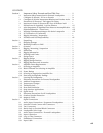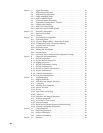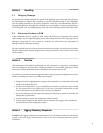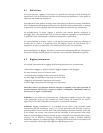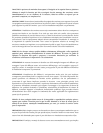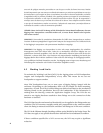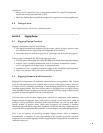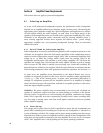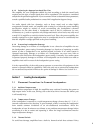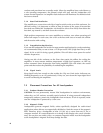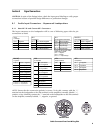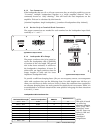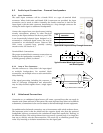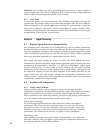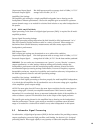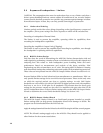
6.1.3 Selecting An Appropriate Amplifier Size
The amplifier for your loudspeaker should be sized according to both the sound levels
required and the type of audio signals that will be reproduced. This requires a considered
analysis for the particular application. If you are unsure of how to determine these parameters,
consult a qualified audio professional or contact EAW's Application Support Group.
For audio signals with low dynamics, such as heavy metal rock or other highly
compressed recorded music, an amplifier with a rating at or below the power handling
specification might be needed to avoid overstressing the loudspeaker's thermal
capabilities. On the other hand, a loudspeaker rated at 500 W continuous (or rms,
continuous, etc.), used to reproduce only background music at low levels, may only need
a small 25 W amplifier to reach the desired acoustic level. Thus, the power amplifier size
actually required for a given application may be considerably more or considerably less
than the amplifier wattage specified as the power handling.
6.1.4 Preventing Loudspeaker Damage
Preventing damage to or failure of a loudspeaker is not a function of amplifier size nor
the loudspeaker's power rating. Preventing damage is a function of operating an audio
system so that a loudspeaker is not stressed beyond its limits. If an audio system is
operated improperly, damage to or failure of a loudspeaker can occur even with an
amplifier sized well below the loudspeaker's power rating. Contrarily, if an audio system
is operated properly, damage to or failure of a loudspeaker can be avoided even with an
amplifier sized well in excess of the loudspeaker's power rating.
It is the responsibility of the audio system operator to ensure that all equipment in the
system is operated within its capabilities. This is the only way to ensure that loudspeakers
are not stressed beyond their limits to the point of damage or failure. See Section 10.1.
Section 7 Locating the Loudspeaker
7.1 Placement Precautions for Powered Loudspeakers
7.1.1 Ambient Temperatures
If the ambient temperature is high, the amplifiers may overheat if running the system at
high output levels. In this case, aiming a fan at the heat sink to increase the airflow past
it will usually help.
7.1.2 Temperature Changes
If the loudspeaker is exposed to a rapid temperature change of more that 15° F / 8° C,
internal condensation may develop. A good example of this is moving the loudspeaker
from outside summer conditions to an air-conditioned environment. Allow the
loudspeaker at least 30 minutes to acclimate to any ambient temperature changes before
connecting it to the ac mains and operating it. Allow for longer acclimation times for
larger temperature changes.
7.1.3 Thermal Switch
To avoid heat damage, amplifiers have a built-in, thermal switch that activates if they
7



